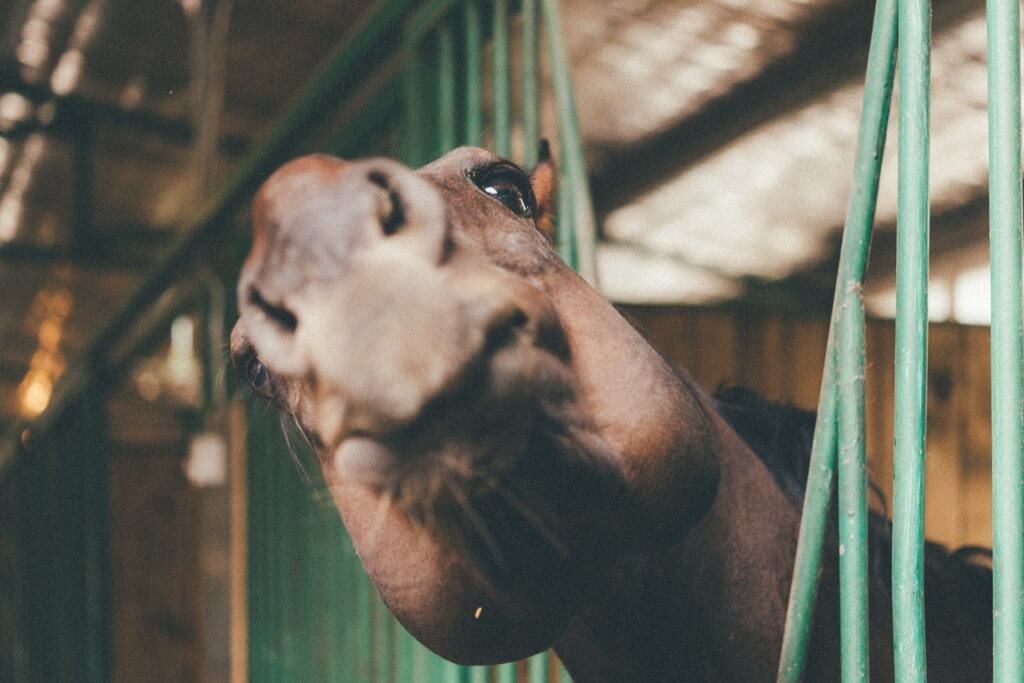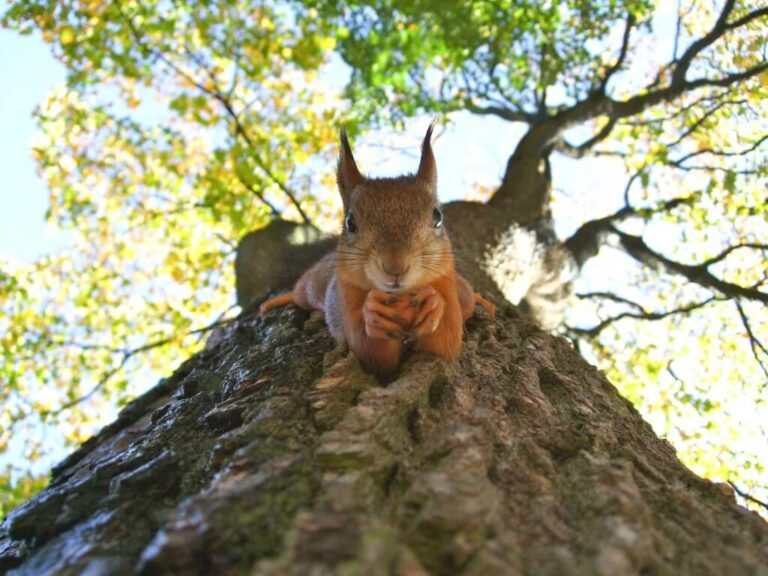Ah, the common wombat, known scientifically as Vombatus ursinus, is an Australian marsupial with a quirky claim to fame. Not only does this creature possess a charming demeanor, but it also boasts an unusual trait among its kin—the Northern hairy-nose wombat and the Southern hairy-nose wombat. All three of these cuddly critters have the bizarre ability to produce poop that is, believe it or not, shaped like cubes! Yes, you read that right. These marsupials can generate over 100 cube-shaped poops per day. Go ahead, say “wombats poop cubes” out loud; it’s oddly satisfying.
Now, onto the mystery of these geometrically precise droppings. Unlike the typical round outputs we associate with most mammals, wombats produce distinctly angular scat. How, you might wonder? It’s all in the moisture—or lack thereof. Wombats have notably dry feces, a result of their incredibly long digestive process lasting 14-18 days. This lengthy digestion allows for maximum nutrient absorption and transforms their food into these unique, cube-like pellets.
But wait, there’s more to this tale of peculiar poops. Wombats have an unusually long colon and digestive tract. As the moisture is sapped from their waste, it becomes compacted and solid, and, due to the limitations of the wombat’s sphincter, exits in a clean break, forming those flat-sided, cube-like shapes.
Switching gears from their bathroom habits, let’s talk speed. Wombats are surprisingly swift runners. These little powerhouses can sprint at speeds up to 25 MPH (40 km/h) over 150 meters. To put that in perspective, that’s faster than Usain Bolt’s average speed! So, in a hypothetical race, our furry friend the wombat wouldn’t just cross the finish line first; it might just keep running for an extra victory lap.
The wombat’s talents aren’t limited to speed. These creatures have a uniquely tough backside. When threatened, a wombat can dive into its burrow and effectively block the entrance with its rear end, which is practically impervious to any Australian predator—and that’s saying something in a land known for its formidable wildlife.
But there’s a more aggressive use for that tough behind. If a predator traps a wombat in its burrow, the wombat can leverage its powerful legs to perform a deadly maneuver. As the predator reaches over the wombat’s hardy backside, the wombat thrusts its butt upward, potentially crushing the predator’s skull against the burrow’s roof. It’s a defense tactic that’s as effective as it is astonishing.
Did You Know?
- Wombats are exceptional diggers, using their powerful claws to construct extensive burrow systems, which can be up to 30 meters long and several meters deep.
- Unlike many other marsupials, wombats are predominantly solitary animals. They typically only come together for mating or occasionally in shared feeding areas.
- Wombats are primarily nocturnal, spending their nights foraging for food. During the day, they rest in their burrows, away from the harsh Australian sun.
- Wombats have a remarkably slow metabolism, which can take up to two weeks to digest a meal. This slow process is crucial for their survival in Australia’s often harsh and nutrient-poor environments.
- Female wombats have a backward-facing pouch to prevent soil from entering it while digging. This unique adaptation protects their young while they burrow.
- Wombats have continuously growing teeth. This adaptation is essential for an animal that feeds on tough, fibrous vegetation like grasses and roots.
- Wombats are quite good at regulating their body temperature, thanks to their minimal sweat glands. This trait helps them to survive in varying climates.
- Wombats communicate with each other primarily through scent marking. They have scent glands that produce a unique odor, which they use to mark their territory and attract mates.
- In captivity, wombats can live up to 30 years, which is unusually long for a marsupial. In the wild, their lifespan is typically shorter, around 5 to 15 years.
- Surprisingly, wombats are good swimmers. They can cross rivers and streams when needed, using their strong legs to propel themselves through the water.
The Cube-Shaped Wombat Poop
Wombats are the only known animals that produce cube-shaped feces, a fascinating and unique biological feat. This unusual shape is not just a quirky trait but serves specific functional purposes. Scientists have theorized that the cubic shape helps the poop not to roll away, allowing wombats to effectively mark their territory in their burrowing habitats.
Territorial Marking with Poop Bricks
Wombats use their cube-shaped feces as a means of communication, specifically for territorial marking. By placing these fecal cubes in prominent locations, such as on top of rocks or logs, wombats can send clear messages to other wombats about their presence and the boundaries of their territory. This practice is crucial for a solitary animal like the wombat, as it minimizes the need for confrontations with others.
Mating Calls via Scat
Another intriguing aspect of wombat poop is its role in mating. Wombats use their feces to attract mates, a practice observed in many animal species where scent plays a key role in sexual attraction. The distinctive shape and placement of the feces make them more noticeable to potential mates, aiding in reproductive communication.
Mechanics Behind the Cube Creation
The process by which wombats create their cube-shaped poop has intrigued scientists for years. Recent studies suggest that the shape is formed within the wombat’s intestines, not at the point of exit as previously thought. The varying elasticity of the wombat’s intestinal walls shapes the feces into cubes. This process is a fascinating example of how animal anatomy can evolve to serve specific environmental and behavioral functions.
Wombat Digestion and Diet
Wombats’ ability to produce such dry and compact feces is linked to their slow digestion process and diet. Their diet mainly consists of tough, fibrous plants, which require extensive digestion to extract nutrients. This slow digestion, lasting up to two weeks, results in highly compacted and dry waste, facilitating the formation of the cube shape.
Implications for Habitat and Ecosystem
The wombat’s scatological habits have broader implications for their habitat and the ecosystem. By marking their territory with feces, wombats play a role in shaping the spatial dynamics of their environment. This behavior can impact the distribution of plant species and influence the habitat patterns of other animals in the Australian bush.
Environmental Impact of Wombat Fecal Marking
Wombat fecal marking could be beneficial to the environment. The nutrient-rich feces might enhance soil fertility in certain areas, promoting diverse plant growth. This localized enrichment could be a natural way of maintaining ecological balance in their habitats.
Conversely, there’s a possibility that this fecal marking leads to an uneven distribution of nutrients, potentially causing an imbalance in plant species. It might favor certain plants over others, thereby affecting the overall biodiversity and possibly disrupting the food chain.
Role of Wombat Feces in Australian Ecosystems
The unique decomposition of wombat feces could be vital for certain microorganisms and insects, providing a specialized niche in the ecosystem. This could have a ripple effect, supporting a range of species and maintaining ecological harmony.
However, if these feces play too dominant a role in the ecosystem, they might overshadow other important ecological processes. This could potentially lead to an over-reliance on wombat populations for certain ecological functions, making the system vulnerable to changes in wombat populations.
Wombat Digestive Health and Environmental Changes
Monitoring wombat feces offers an excellent, non-invasive way to track environmental health. Changes in their feces can indicate alterations in their diet due to habitat changes, serving as an early warning system for ecosystem stress.
Reliance on feces for environmental monitoring might not be comprehensive. It may overlook other critical indicators or fail to provide a complete picture of the environmental changes, leading to inadequate responses or conservation measures.
Cultural and Educational Value of Wombat Feces
The uniqueness of wombat feces can be a powerful tool for environmental education and cultural exploration. It can engage people in wildlife conservation and raise awareness about Australian biodiversity, fostering a greater appreciation for nature.
Focusing too much on this peculiar aspect might trivialize or overshadow other important environmental or cultural issues. It risks reducing a complex ecological and cultural narrative to a mere curiosity.
Ethical Considerations in Wombat Research
Ethical research is crucial for understanding wombats and their impact on ecosystems. Respectful, minimally invasive research can yield valuable insights without harming these animals or their habitats.
There is always a risk that research, even when intended to be ethical, can disrupt natural behaviors or environments. It’s challenging to eliminate the impact of human presence or observation on wildlife, which can alter the very phenomena being studied.
Wombats are not just adorable marsupials with peculiar bathroom habits. They’re fast, they’re tough, and they’re resourceful. Capable of outrunning top athletes, defending themselves against predators, and, yes, producing cube-shaped poop, wombats are truly one of nature’s most fascinating and underrated creatures.





